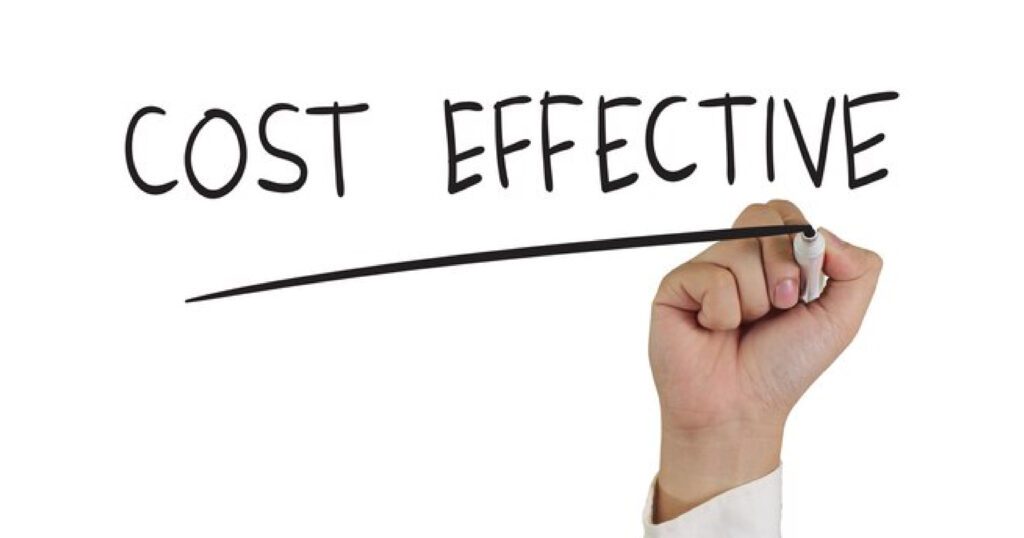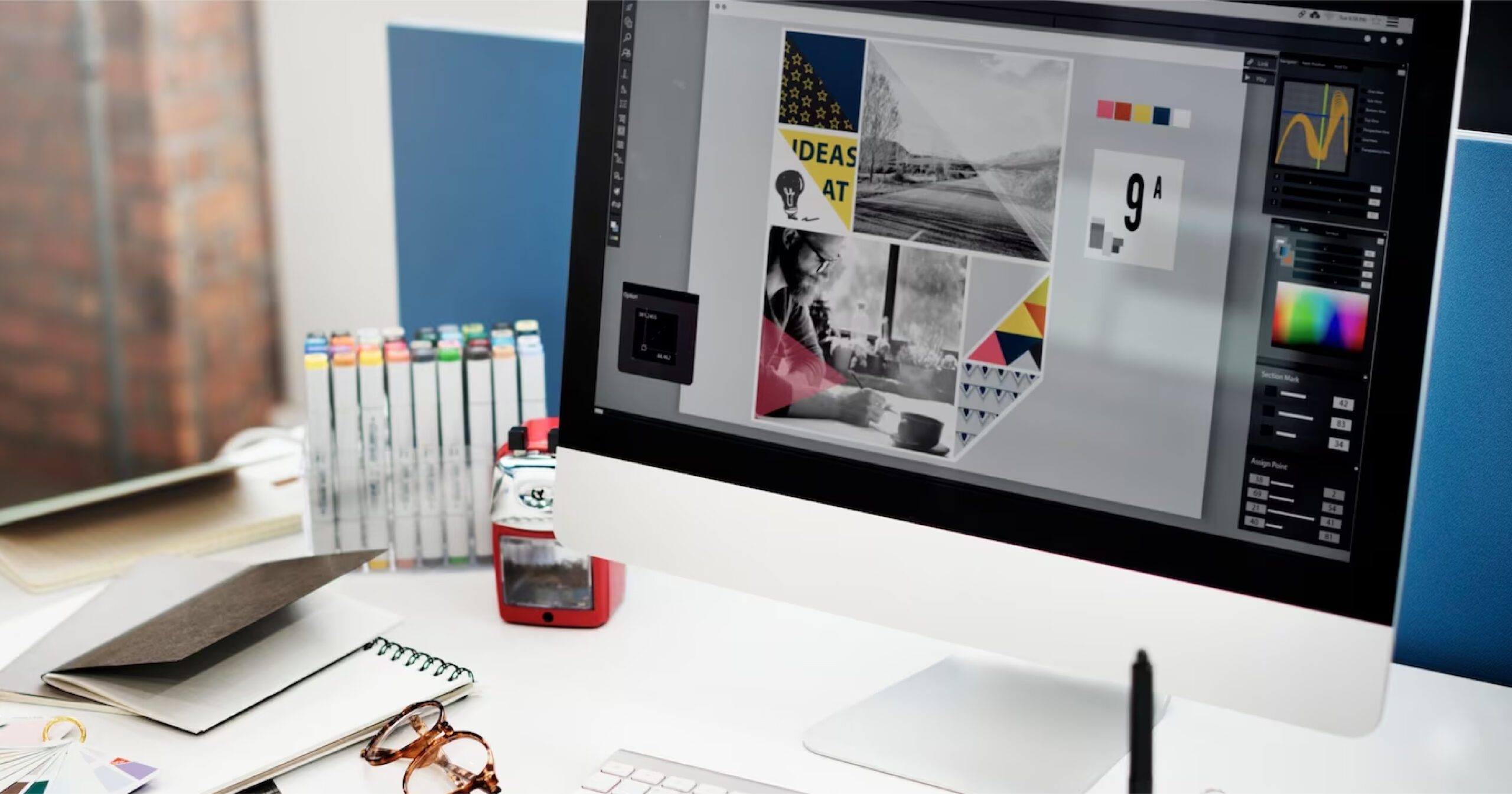Introduction
Are you looking for the right design tools and software to help you kickstart your career in graphic designing? Or perhaps in search for one that can multiply and enhance your talent.? or you are simply looking for the best software or design tool to use for your next project? Or you just do not know which to choose among the numerous software and design tools available on the market? Then you are in the place as we have compiled the best graphic design software list to help you out. In the ever-changing landscape, graphic design is all about tools and software. This is because they can break or make your designs. The best tools and software on our compiled graphic design software list are those that with simple features and flexibility that can be easily understood by beginners and at the same time has superior features for professional use.
Overview of Graph design and its tools
Graphic design has become an indispensable part of visual communication in today’s digital age. Its importance cannot be undermined or underestimated as it permeated every aspect of our lives from the websites or web pages we navigate, the ads, posters and commercials that punctuates our daily routines, banners, book covers, brochures etc. Because graphic design has the power to captivate, inform and inspire, it has become a great tool for businesses, artists and content creators alike.
By combining technology and creative design, graphic designers are able to communicate complex ideas, shape perceptions and foster brand identities. Although graphic design is important, the choice of tools and software plays a huge role in bringing out creativity and achieving professional success.
Choosing the right software to use not only streamlines the design process but also, servs as a canvas on which ideas are brought to life. The right graphic design tools fuels innovation by offering a playground for experimentation and solid features that pushes one’s creative boundaries. A robust software is indispensable to graphic designers as it not only ensures efficiency by streamlining the design process but also is versatile in that it allows for a flexible transition between design tasks and also encourages designers to explore new avenues and cater to a broad range of project requirement.
Criteria for Selecting the Best Graphic Design Software
Before settling on any graphic design software list, certain factors must be taken into consideration. These include the ease of use, versatility in design capabilities, cost effectiveness, integration with other tools and community and support. These areas will be expanded below.
Ease of use: A well compiled graphic design software list should be based on its simplicity in usage. The foundation of excellent graphic design software is its ease of use. Essential characteristics that contribute to a software's ease of use include simple navigation, well-organized menus, and intuitive interfaces. Regardless of experience level, designers ought to be able to convert concepts into images with ease and not have to struggle with a challenging learning curve. It is good to note that intuitive interfaces not only increase output, but they also foster creativity by shifting designers' focus to the visuality of their design rather than the mechanics of the software.
Versatility in design capabilities: Another point to consider when compiling a graphic design software list is its flexibility. An exceptional graphic design tool should be a multipurpose powerhouse that can tackle a variety of design jobs. The program should be excellent in various fields, including vector graphics, illustration, photo editing, and layout design. The scope of capabilities guarantees that designers are adaptable and flexible enough to take on different tasks, such as designing print materials, websites, or logos.

Cost-effectiveness: For both businesses and independent designers, the cost is a critical component when making up a graphic design software list. The pricing structure for the software should take the user's budget into account and provide a variety of plans to meet their needs. Before choosing a particular software, it is important to check its long-term value against its price by taking into account factors like frequent updates, feature additions, and support accessibility.

Integration with other tools: In today's collaborative work environments, seamless integration with other design and productivity tools is essential. Workflow efficiency is increased by support for third-party plugins, syncing with cloud services, and compatibility with common file formats. Through this integration, a unified design ecosystem is promoted, enabling designers to simultaneously take advantage of the advantages of multiple tools.
Community and Support: If a designer is having trouble or needs some inspiration in relation to a particular software, checking out the extensive community forums, tutorials, and devoted customer support channels is the way to go. These are all excellent resources for novices and professionals alike. An active and changing software ecosystem is frequently indicated by a thriving user community. Adequate support guarantees that designers have access to the information and help required to overcome obstacles and realize their creative visions, whether through official channels or user-generated content.

Breakdown of the Graphic Design Software List
This graphic design software list is a collation of the best graphic design software on the market. They include;
Adobe Illustrator: As a potent tool in graphic design, Adobe Illustrator is renowned for its capacity to produce vector-based artwork, no wonder it tops our graphic design software list. It is perfect for designers, illustrators, and artists looking for accuracy and scalability in their work as it is a part of Adobe's Creative Cloud suite. With the help of its extensive toolkit, which consists of a variety of drawing tools, brushes, gradients, and text tools, designers can precisely create logos, icons, and intricate illustrations.
Illustrator is the best option for graphics that need sharp lines, such as logos, icons, typography, and other designs. It also performs exceptionally well in tasks requiring accuracy and scalability. Its robust vector capabilities make it the preferred choice for intricate, detailed illustrations. Adobe Illustrator is available through its subscription-based Creative Cloud service, which offers different plans, including individual, business, and student editions.
CorelDRAW: As a versatile graphic design software, CorelDRAW provides a full tool set for vector illustration and page layout and it’s no wonder ranking on our graphic design software list. With its strong toolkit and easy-to-use interface, users can precisely create complex vector graphics. Because of its distinctive feature set, CorelDRAW is perfect for designers who want to incorporate both vector and raster elements into their work, especially because of its robust photo-editing capabilities.
It is best suited for projects requiring precise control over layout and design elements, such as print designs, brochures, business cards, and posters. It also excels in branding projects, allowing designers to craft distinctive logos and visual identities. CorelDRAW offers various pricing options, including a one-time purchase or a subscription-based model, which provides access to the latest updates and features. CorelDRAW occasionally offers promotions and discounts to make it accessible to a wide range of users.
Adobe Photoshop: Adobe Photoshop is a potent image editing program renowned for its extraordinary powers in creative composition, retouching, and photo manipulation. As one of the leading software on our graphic design software list, its primary advantage is that it can combine vector and raster elements, giving users precise control over pixels. With the software's sophisticated selection tools, layer management, and assortment of brushes and filters, users can accomplish a wide range of tasks, from simple touch-ups to intricate image composition.
Collaboration between different Adobe apps is made easier by its integration with Adobe Creative Cloud. The tasks that require the most control over visual elements and meticulous attention to detail are best suited for Adobe Photoshop. Digital artists can also use it as a flexible canvas to start from scratch and produce beautiful illustrations and artwork. Adobe's subscription-based service allows users to access Adobe Photoshop.
Sketch: With a focus on user interface and user experience (UI/UX) design, Sketch a vector-based design tool is the next on our graphic design software list. It is only compatible with macOS and has amassed a devoted following among designers because of its user-friendly interface and unique features. Sketch is best suited for UI/UX design, as its focus on vector-based design ensures easy scaling of layouts without loss of quality.
Its artboard-centric workflow allows designers to visualize user journeys and interactions. Sketch uses a licensing model whereby users can access the program for a one-time fee. A lifetime subscription to the most recent version, including all updates and bug fixes, is provided by this model. This model offers a lifetime subscription to the current version, including any updates or bug fixes. Sketch also offers discounted educational licenses for students and educators, making it more accessible to the academic community.
GIMP: the next on our graphic design software list is the GNU Image Manipulation Program, short for GIMP. As one of the best software on our graphic design software list, GIMP is a powerful open-source graphic editing tool that offers versatile and extensive features. It is a free, open-source raster graphics editor that supports various file formats and is ideal for artists, photographers, and designers seeking powerful image manipulation capabilities without the constraints of proprietary software. GIMP's customizable interface allows users to tailor their workspace to their specific workflow, enhancing productivity.
Its extensive plugin library allows users to integrate specialized tools and filters to meet their unique design needs. GIMP excels in photo manipulation, retouching, and graphic design, making it an invaluable tool for photographers and digital artists. Its accessibility, distributed under the GNU General Public License, allows users to modify the software's source code to suit their specific needs, making it a cost-effective alternative to proprietary software. This accessibility and extensive feature set solidify GIMP's position as a leading choice for designers and artists worldwide.
Lunacy: Following on this graphic design software list is Lunacy. This is a creative platform designed to empower artists, designers, and innovators to explore uncharted territories of imagination. It offers a versatile toolkit with powerful vector drawing tools, intricate layer management, and filters and effects for manipulating imagery.
The smooth integration of Lunacy with other design tools facilitates team member collaboration and a smooth workflow. Avant-garde designers, artists, and innovators who wish to defy expectations and produce bold, original work are best suited for it. Lunacy caters to professionals in various fields, from graphic designers to architects envisioning structures that defy traditional design norms. Lunacy offers an accessible pricing model, offering free versions with basic features and more robust paid versions with advanced functionalities.
Adobe InDesign: Professionals in the fields of layout design, desktop publishing, and marketing can produce visually appealing and expertly formatted documents with Adobe InDesign, a potent software tool. Because of its proficiency with typography, page layout, and complex design elements, it is indispensable for producing a wide range of documents. A comprehensive collection of paragraph and character styles, strong grid and alignment tools, a sophisticated typography toolkit, and smooth integration with other Adobe products like Photoshop and Illustrator are all features of InDesign and that makes it one of the best on this graphic design software list.
Professionals in the fields of graphic design, magazine editing, book publishing, and marketing who wish to create documents that are both aesthetically pleasing and well-organized should use it the most. Adobe's Creative Cloud subscription service, which provides a variety of plans catered to individuals, companies, and educational institutions, is the means by which one can obtain Adobe InDesign. Subscribers gain access to InDesign, Photoshop, Illustrator, and other Adobe creative tools, with occasional special pricing and promotions.
Canva: Canva is a popular web-based graphic design tool known for its user-friendly interface and extensive features which is why it features on this graphic design software list. It allows users to create visually stunning designs without advanced technical skills. Canva's main strength lies in its drag-and-drop functionality, allowing users to customize templates or start projects from scratch.
The platform offers a vast library of stock photos, illustrations, fonts, and pre-designed templates for various purposes, including social media posts, presentations, and marketing materials. It also offers advanced tools for photo editing, text manipulation, and layout design. Canva is best suited for individuals and small businesses seeking professional-quality visual content, particularly among social media managers, marketers, bloggers, and entrepreneurs. Its pricing structure caters to a wide range of users, from individuals to larger organizations with more extensive design needs.
Emerging Trends in Graphic Design Software
The graphic design industry is undergoing significant changes due to the integration of AI-driven tools, augmented reality and virtual reality integration, and cloud-based collaborative design tools. AI-powered tools automate tasks like image recognition and layout suggestions, allowing designers to explore new creative possibilities. AR and VR integration expand design possibilities beyond traditional screens, promoting experiential design. Cloud-based tools facilitate seamless teamwork, fostering a culture of collective creativity and innovation. These trends are driving the industry's forward momentum.
Tips for Choosing the Right Graphic Design Software for Your Needs
Selecting the right graphic design software is crucial for personal and business projects. Consider your specific needs, such as photo editing, illustration, or layout design, and consider the platform's long-term suitability. Choose a platform that suits your current skill level and accommodates future growth. Strive for a balance between robust features and an intuitive interface. Utilize community and tutorial resources, such as forums and tutorials, to maximize proficiency and unlock creative potential.
Conclusion
The choice of graphic design software is crucial for enhancing the quality and efficiency of creative endeavors. It should align with personal or professional needs and enable precision and creativity in photo editing, vector illustration, and layout design. A commitment to continuous learning is essential, as technology and design practices evolve. Utilizing tutorials, community forums, and online resources can fuel growth as a designer. The journey in graphic design is not just about the tools used but also about the passion, creativity, and dedication brought to the work. Use the graphic design software list collated in article and be on your way to create captivating, informative, impressive and inspiring graphic designs.



